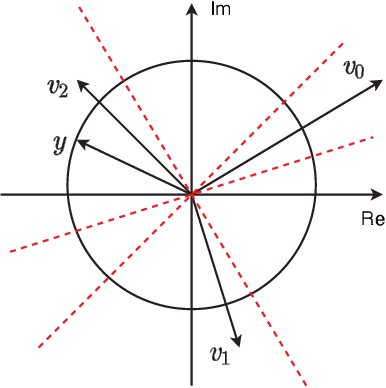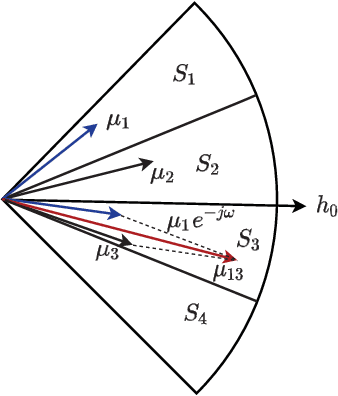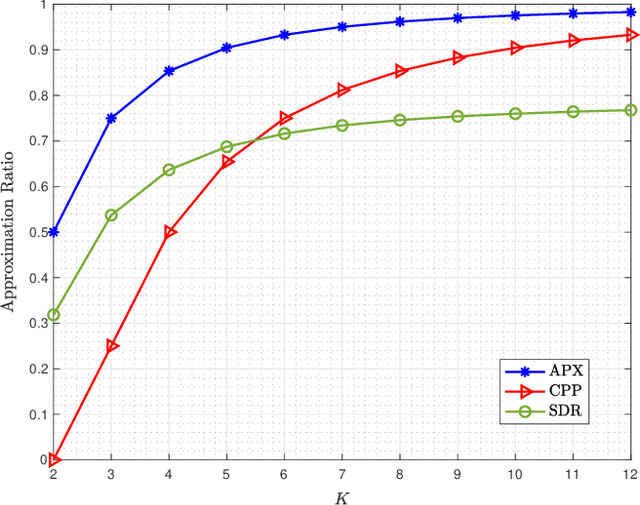Yaowen Zhang
MCOO-SLAM: A Multi-Camera Omnidirectional Object SLAM System
Jun 18, 2025Abstract:Object-level SLAM offers structured and semantically meaningful environment representations, making it more interpretable and suitable for high-level robotic tasks. However, most existing approaches rely on RGB-D sensors or monocular views, which suffer from narrow fields of view, occlusion sensitivity, and limited depth perception-especially in large-scale or outdoor environments. These limitations often restrict the system to observing only partial views of objects from limited perspectives, leading to inaccurate object modeling and unreliable data association. In this work, we propose MCOO-SLAM, a novel Multi-Camera Omnidirectional Object SLAM system that fully leverages surround-view camera configurations to achieve robust, consistent, and semantically enriched mapping in complex outdoor scenarios. Our approach integrates point features and object-level landmarks enhanced with open-vocabulary semantics. A semantic-geometric-temporal fusion strategy is introduced for robust object association across multiple views, leading to improved consistency and accurate object modeling, and an omnidirectional loop closure module is designed to enable viewpoint-invariant place recognition using scene-level descriptors. Furthermore, the constructed map is abstracted into a hierarchical 3D scene graph to support downstream reasoning tasks. Extensive experiments in real-world demonstrate that MCOO-SLAM achieves accurate localization and scalable object-level mapping with improved robustness to occlusion, pose variation, and environmental complexity.
Physiological-Model-Based Neural Network for Heart Rate Estimation during Daily Physical Activities
Jun 11, 2025Abstract:Heart failure (HF) poses a significant global health challenge, with early detection offering opportunities for improved outcomes. Abnormalities in heart rate (HR), particularly during daily activities, may serve as early indicators of HF risk. However, existing HR monitoring tools for HF detection are limited by their reliability on population-based averages. The estimation of individualized HR serves as a dynamic digital twin, enabling precise tracking of cardiac health biomarkers. Current HR estimation methods, categorized into physiologically-driven and purely data-driven models, struggle with efficiency and interpretability. This study introduces a novel physiological-model-based neural network (PMB-NN) framework for HR estimation based on oxygen uptake (VO2) data during daily physical activities. The framework was trained and tested on individual datasets from 12 participants engaged in activities including resting, cycling, and running. By embedding physiological constraints, which were derived from our proposed simplified human movement physiological model (PM), into the neural network training process, the PMB-NN model adheres to human physiological principles while achieving high estimation accuracy, with a median R$^2$ score of 0.8 and an RMSE of 8.3 bpm. Comparative statistical analysis demonstrates that the PMB-NN achieves performance on par with the benchmark neural network model while significantly outperforming traditional physiological model (p=0.002). In addition, our PMB-NN is adept at identifying personalized parameters of the PM, enabling the PM to generate reasonable HR estimation. The proposed framework with a precise VO2 estimation system derived from body movements enables the future possibilities of personalized and real-time cardiac monitoring during daily life physical activities.
Configuring Intelligent Reflecting Surface with Performance Guarantees: Optimal Beamforming
Dec 04, 2021



Abstract:This work proposes linear time strategies to optimally configure the phase shifts for the reflective elements of an intelligent reflecting surface (IRS). Specifically, we show that the binary phase beamforming can be optimally solved in linear time to maximize the received signal-to-noise ratio (SNR). For the general K-ary phase beamforming, we develop a linear time approximation algorithm that guarantees performance within a constant fraction (1+\cos(\pi/K))/2 of the global optimum, e.g., it can attain over 85% of the optimal performance for the quadrature beamforming with K=4. According to the numerical results, the proposed approximation algorithm for discrete IRS beamforming outperforms the existing algorithms significantly in boosting the received SNR.
 Add to Chrome
Add to Chrome Add to Firefox
Add to Firefox Add to Edge
Add to Edge